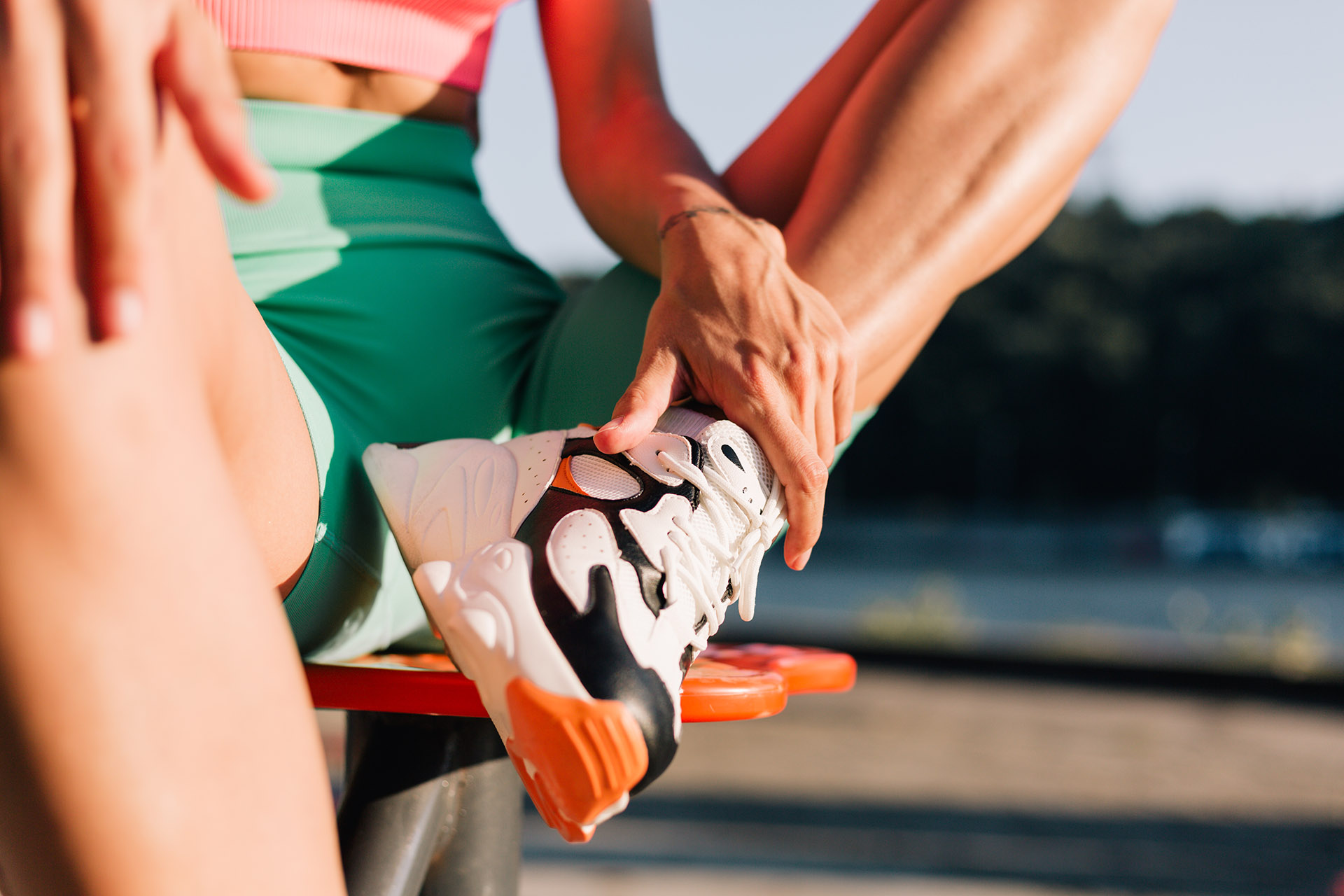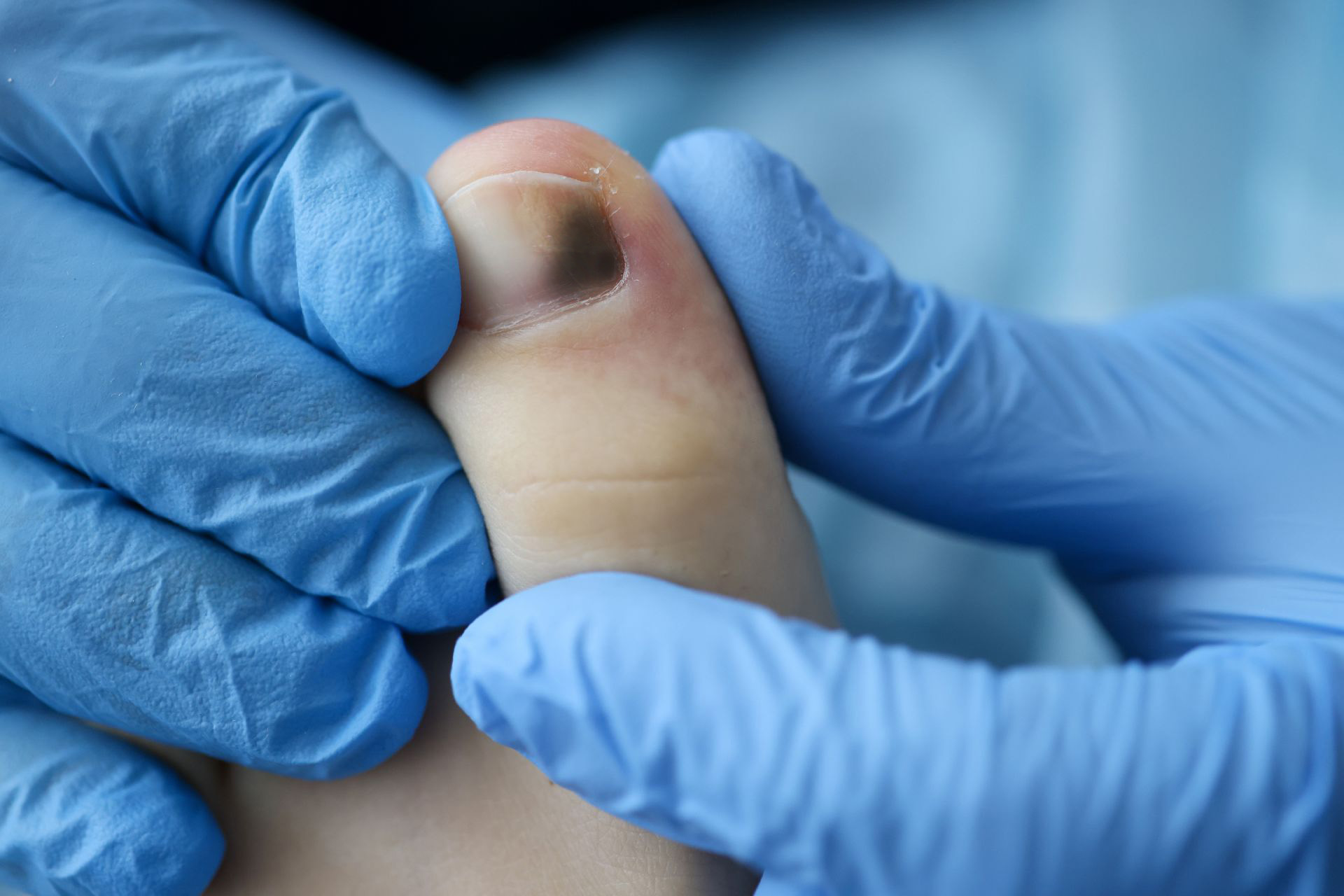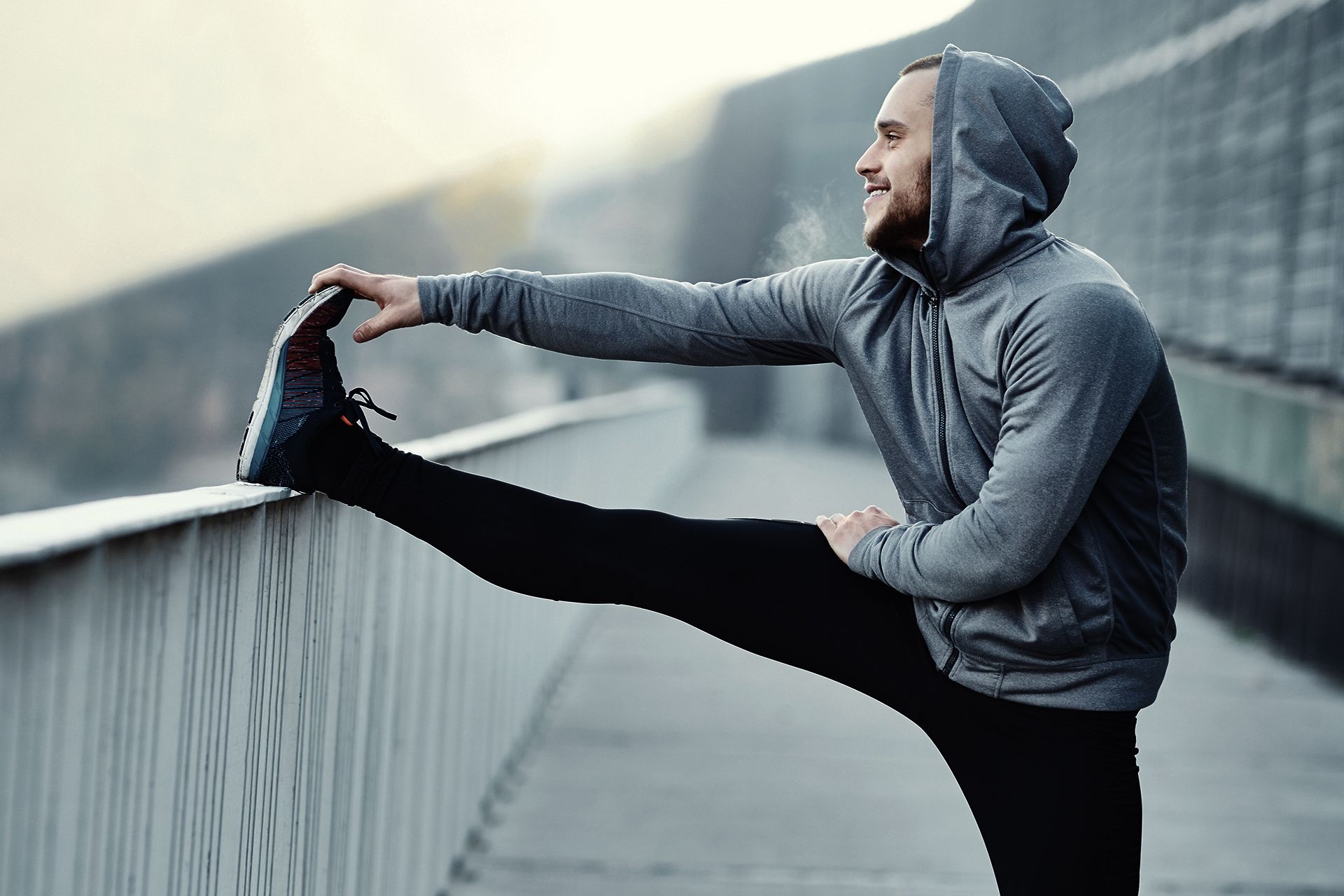Heel pain is one of the most common complaints among runners, whether you’re a casual jogger or a seasoned athlete. It’s also something widely ignored even though it could be an indication of an underlying issue that needs expert attention. Knowing the causes and solutions of pain in the heel after running is the key to getting back on track comfortably and safely.
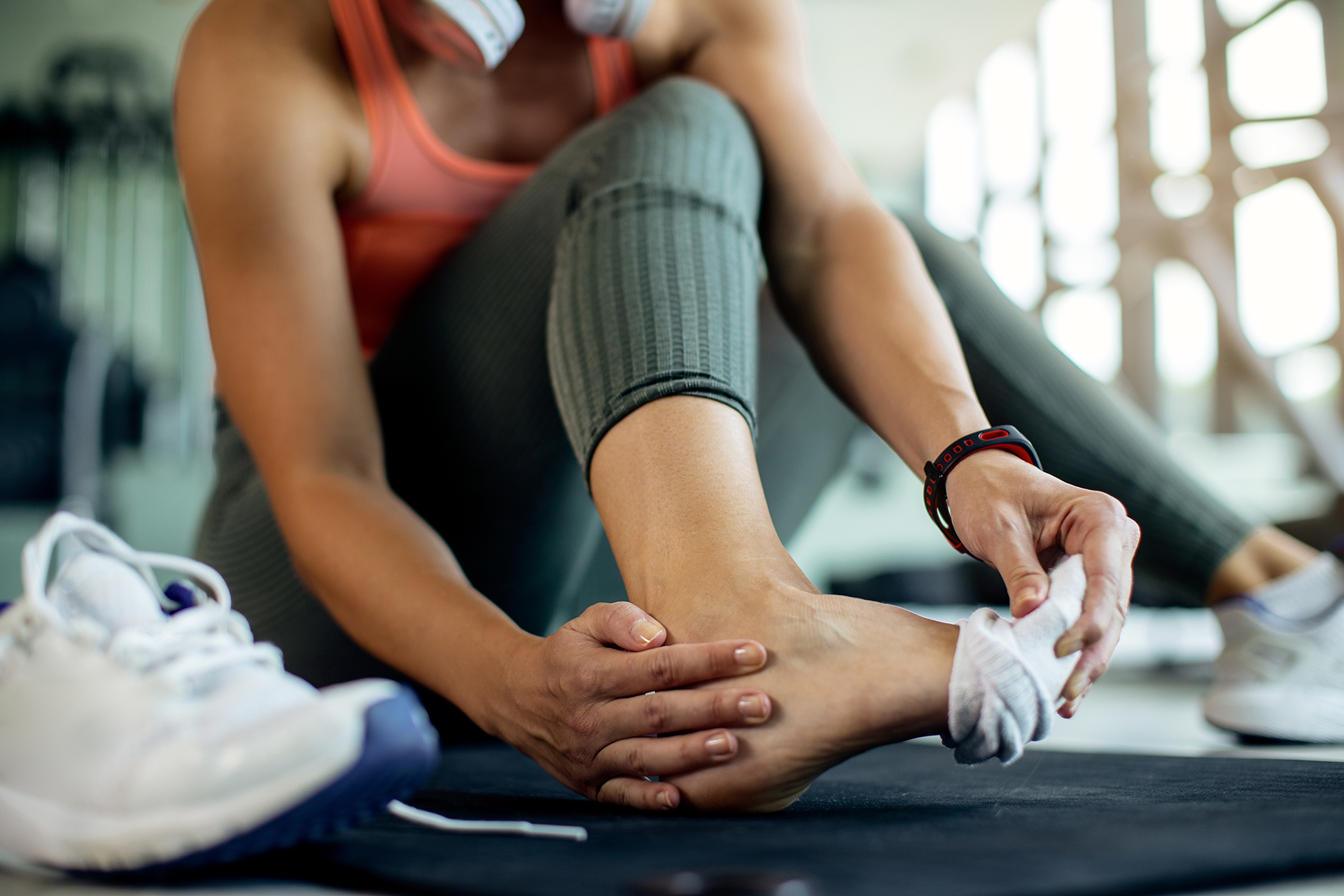
What is Heel Pain?
Heel pain is any discomfort, soreness or inflammation at the back, or bottom of the heel. It can be mild or intense, dull or sharp, throbbing or aching, and worsens with activity. Although it’s often linked to overuse, heel pain is not a condition in itself but a symptom of a diagnosable and treatable musculoskeletal issue.

Why Does Heel Pain Happen after Running?
Running puts repetitive stress on the feet. Each stride can put up to three times your body weight through the heel and lower leg, putting excessive pressure on the heel. When biomechanical imbalances, poor footwear or training errors are present, this stress becomes too much and causes microtrauma in the heel’s soft tissues, tendons and bony structures. Over time, this can lead to a range of different feet conditions, including the following:
Plantar Fasciitis: Plantar fasciitis is the most common cause of heel pain after running. The plantar fascia is a thick tissue band connecting the heel bone to the forefoot. Overuse, tight calves, flat feet or poor shoes can cause microtears in the fascia and the worst pain with the first steps after rest.
Achilles Tendonitis: The Achilles tendon connects the calf muscles to the heel bone. Excessive strain from uphill running, poor flexibility, tight calf muscles or a sudden increase in mileage can cause it to become inflamed. Achilles tendonitis often presents as pain at the back of the heel that feels worse when running or climbing stairs.
Heel Spurs: Heel spurs are bony growths that develop on the underside of the heel bone, often in conjunction with plantar fasciitis. While heel spurs don’t always cause pain, when they do, it’s usually due to irritation of the surrounding soft tissues.
Bursitis: Bursitis is a painful condition when the bursae – the fluid-filled sacs that cushion joints – become inflamed, often from repetitive friction or pressure. It causes significant heel pain after running, especially at the back of the heel.
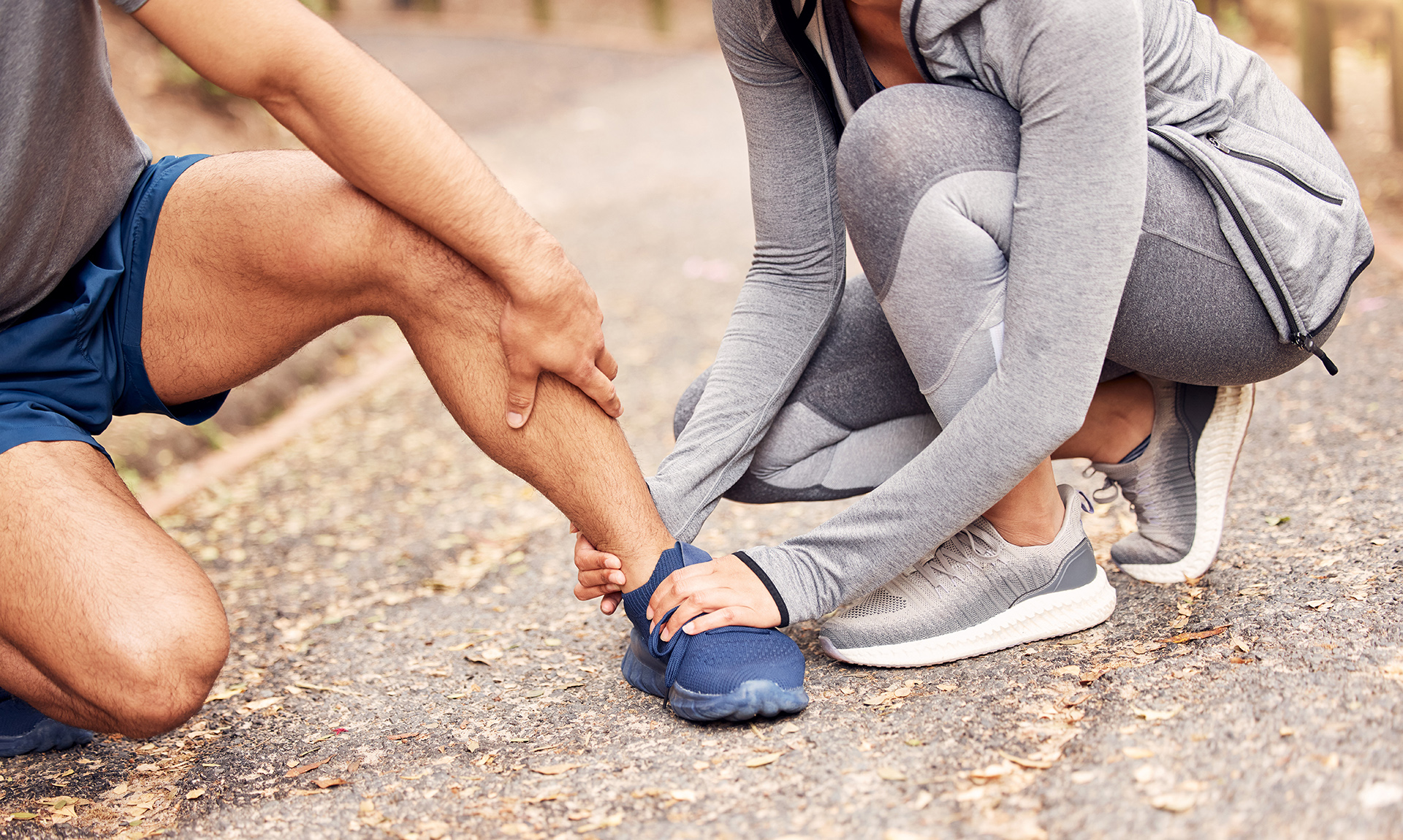
What Else Can Cause Heel Pain After Running?
Not every source of heel pain is due to one specific condition. Frequently, these conditions result from some other muscular imbalance or underlying biomechanical issue, such as overpronation, leg length discrepancies, or high arches. Any of these can alter gait patterns and lead to abnormal heel loading. If left unaddressed, this cumulative stress can turn into chronic heel pain.
Key risk factors include sudden increases in training intensity, poor footwear, inadequate warm-up routines, biomechanical abnormalities, obesity, and occupations that require prolonged standing. Excess weight can increase the risk of heel pain by adding extra pressure on the lower body, leading to strain and discomfort.
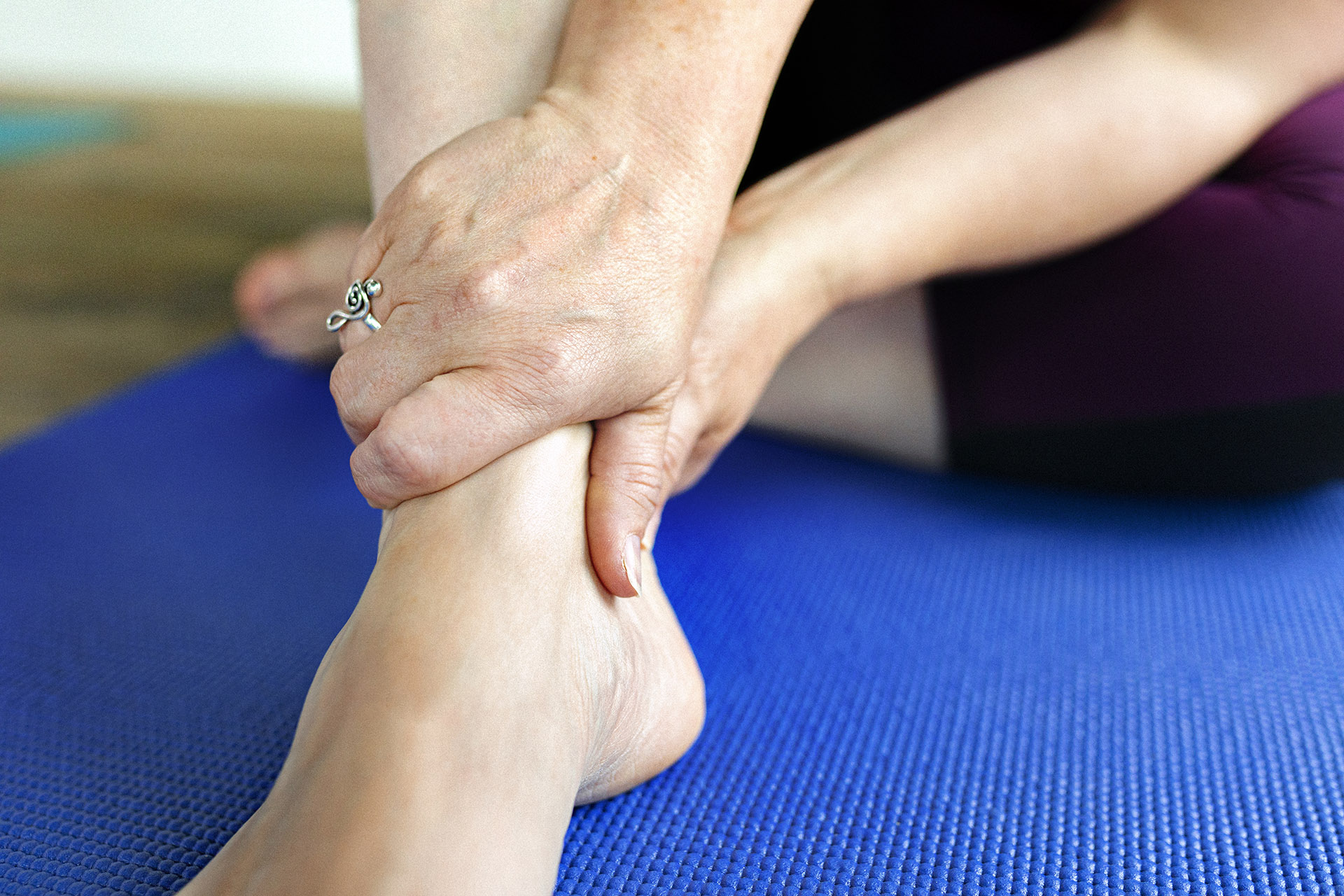
How Is Heel Pain Diagnosed?
At The Foot Practice, diagnosing heel pain after running involves a full clinical assessment. This includes a detailed history of symptoms, physical examination of foot structure and function, and careful observation of gait patterns. Knowing your foot type is crucial as it helps identify strategies to mitigate the impact on your arch and plantar fascia health.
Advanced tools like the RehaWalk® pressure-sensing treadmill analysis provide valuable insights. This system captures real-time data on pressure distribution, foot strike patterns and gait efficiency, pinpointing biomechanical contributors to heel pain often missed in standard assessments.
When necessary, imaging studies such as X-rays rule out fractures or spurs, while ultrasounds or MRIs provide detailed views of soft tissue integrity.
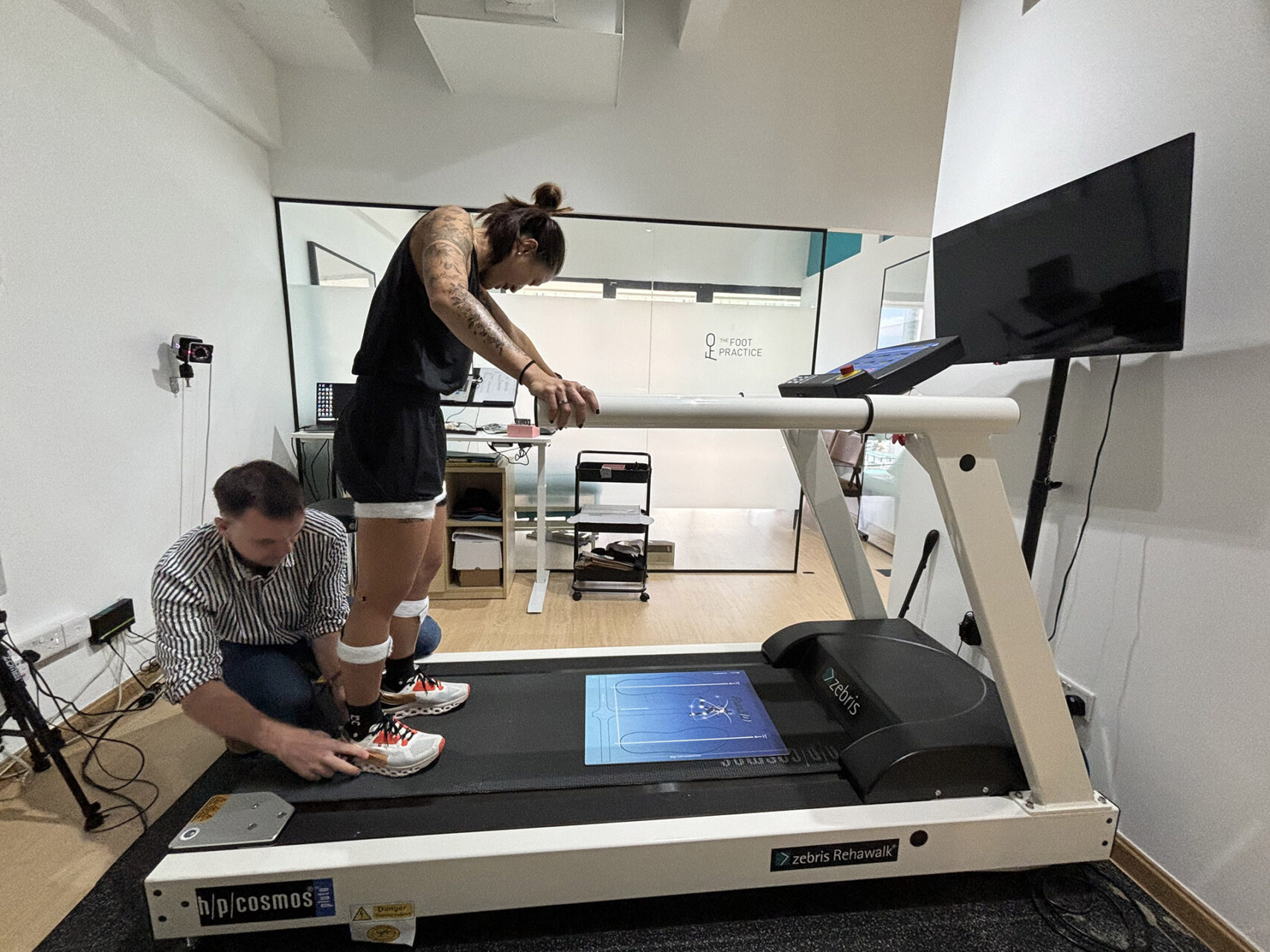
Managing Heel Pain After Running
Managing heel pain after running requires a multi-faceted approach. Combining Shockwave Therapy, orthotic support, mobilisation exercises, and gait correction addresses symptoms and root causes and offers long-term relief.
Shockwave Therapy: Extracorporeal Shockwave Therapy (ESWT) is a noninvasive treatment that uses high-energy sound waves to stimulate tissue repair in chronic heel pain. By delivering focused acoustic waves, it increases blood flow, promotes cellular regeneration, and accelerates healing in persistent conditions like plantar fasciitis and Achilles tendonitis.
Calf Stretching and Mobilisation Exercises: Targeted calf and intrinsic foot muscle stretching and strengthening are key, as they restore optimal foot mechanics and alleviate and prevent heel pain. Wall stretches in particular help increase flexibility and reduce tension on the plantar fascia and Achilles tendon.
Ice Packs and Anti-Inflammatory Measures: Applying ice to the heel for acute flare-ups can help reduce inflammation and numb soreness. Non-steroidal anti-inflammatory medications may also be recommended as part of a short-term management plan. Importantly, these only provide temporary relief and will not address the root of the issue.
Orthoses and Footwear Support: Custom orthoses designed after a gait and biomechanical analysis provide structural support and correct abnormal foot mechanics. These can help to reduce stress on the plantar fascia, redistribute pressure away from the heel and prevent further strain, promoting healing and preventing injuries. Supportive shoes are just as important. Shoes with adequate arch support, heel cushioning and stability features reduce the risk of recurrent heel pain. Minimalist or worn-out shoes exacerbate the issue, making professional footwear assessments essential.
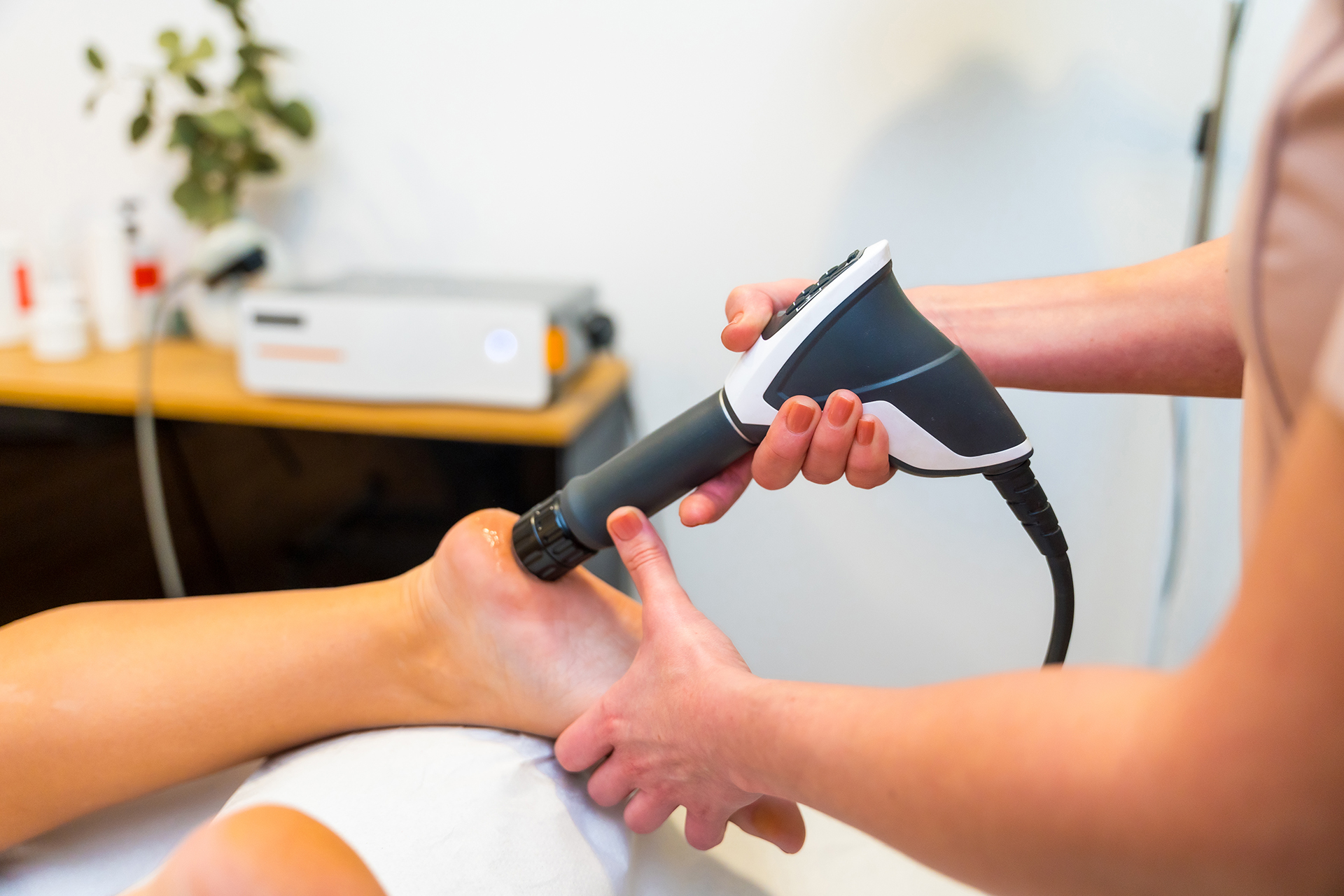
Potential Complications of Heel Pain
Untreated heel pain can lead to compensatory movement patterns, increasing the risk of knee, hip and lower back issues. Chronic inflammation can also result in tendon degeneration, permanent tissue damage, or altered foot mechanics, severely impacting mobility. Other symptoms, such as muscular imbalances and additional indicators, may arise alongside heel pain, complicating the condition further.
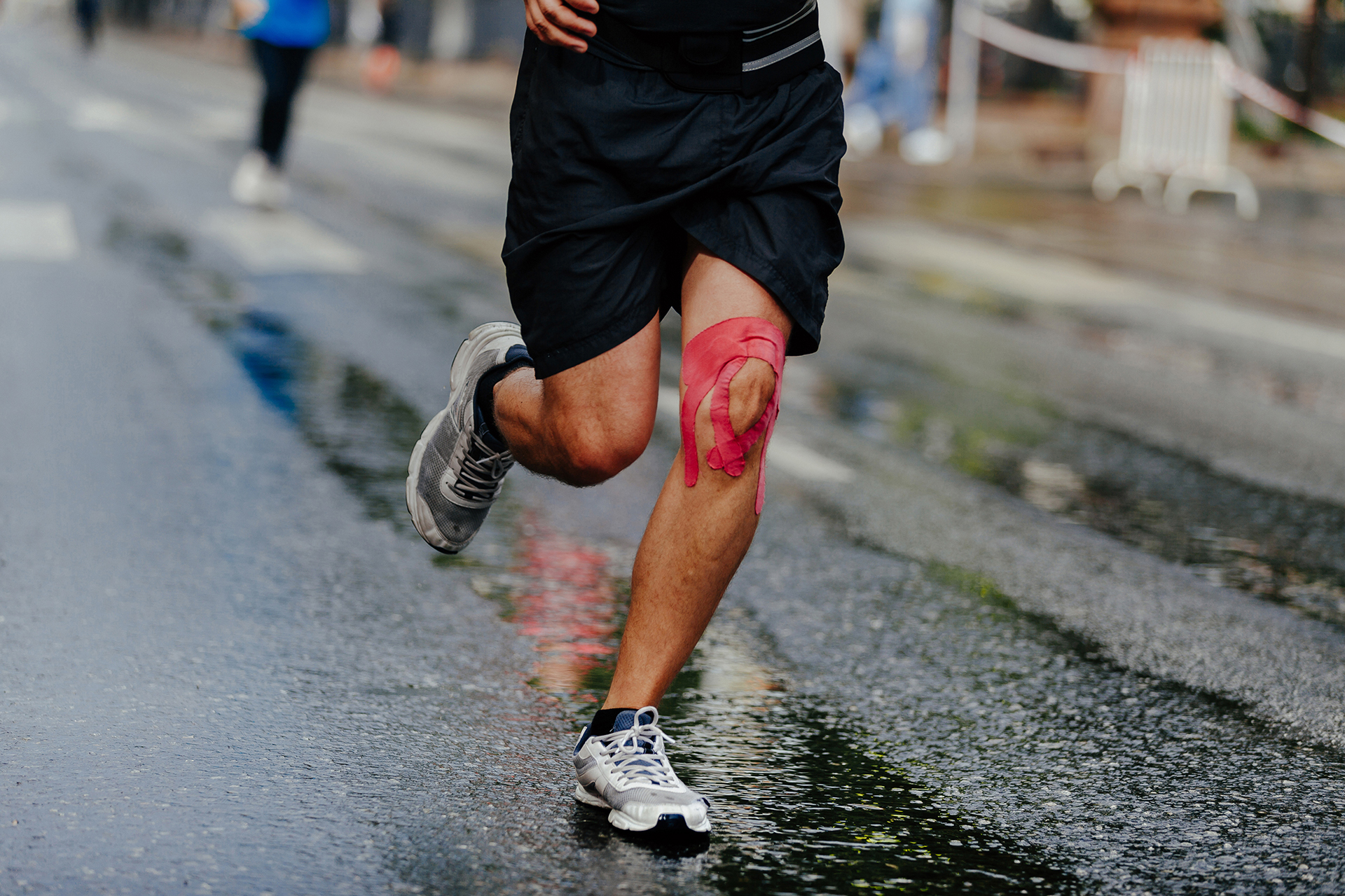
Preventing Heel Pain after Running
While managing heel pain after it develops is important, prevention remains the most effective strategy for runners seeking long-term comfort and performance. By addressing biomechanical factors, improving movement patterns and ensuring proper support, runners can safeguard their heel health and maintain active lifestyles. From targeted stretching routines to optimising foot strike mechanics and investing in the proper footwear, these evidence-based strategies form the foundation of heel pain prevention:
- Stretch and Warm Up Before Activity: Proper warm-up, including dynamic stretches, prepares the muscles and soft tissues for activity and reduces injury risk.
- Improve Your Foot Strike Pattern: Gait retraining helps to optimise foot strike, ensuring forces are distributed evenly and reducing stress on the heel. However, changing foot strike patterns, such as from a rearfoot to midfoot or forefoot strike can place more stress on the knees or other areas of the feet and potentially cause additional strain. That’s why it’s important you do this with a professional’s help.
- Maintain a Healthy Weight: Excess body weight increases load through the feet and exacerbates heel pain, which can lead to a sedentary lifestyle and subsequent weight gain. Weight management is a key preventative measure to prevent this vicious cycle.
- Footwear Assessments and Custom Orthotics: Regular assessments ensure your footwear and orthotic inserts continue to meet your changing biomechanical needs and provide ongoing protection against heel pain.
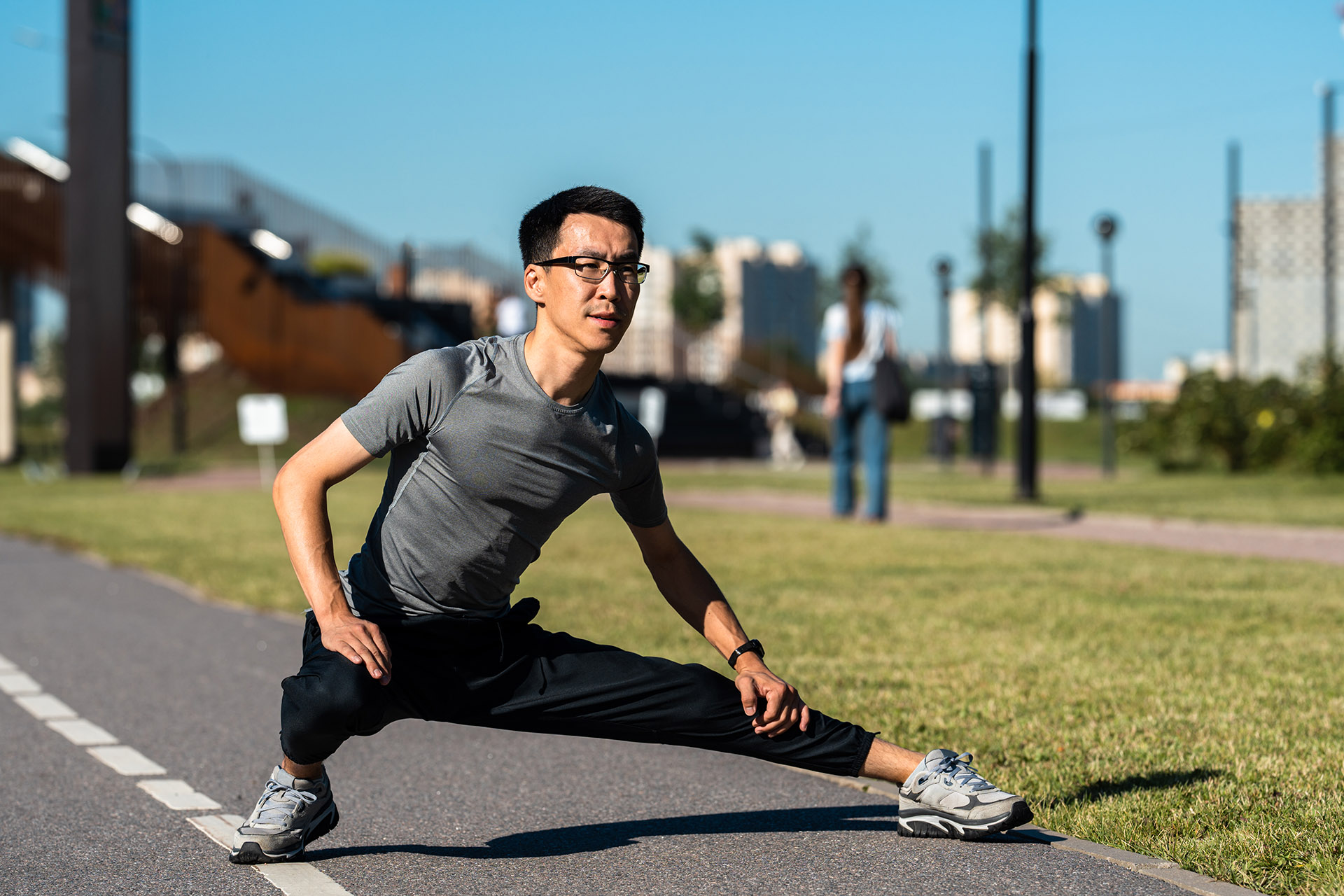
When to Seek Professional Help
If you have heel pain that persists beyond a few weeks despite rest, worsens with activity or affects daily function, it’s time to see a podiatrist. Early intervention prevents minor issues from becoming chronic. Here are some questions you can ask your podiatrist:
- What is causing my heel pain after running?
- Do I need gait analysis or orthotic support?
- What are the best options for treating heel pain?
- Is Shockwave Therapy right for my condition?
- How can I prevent recurrence in the long term?
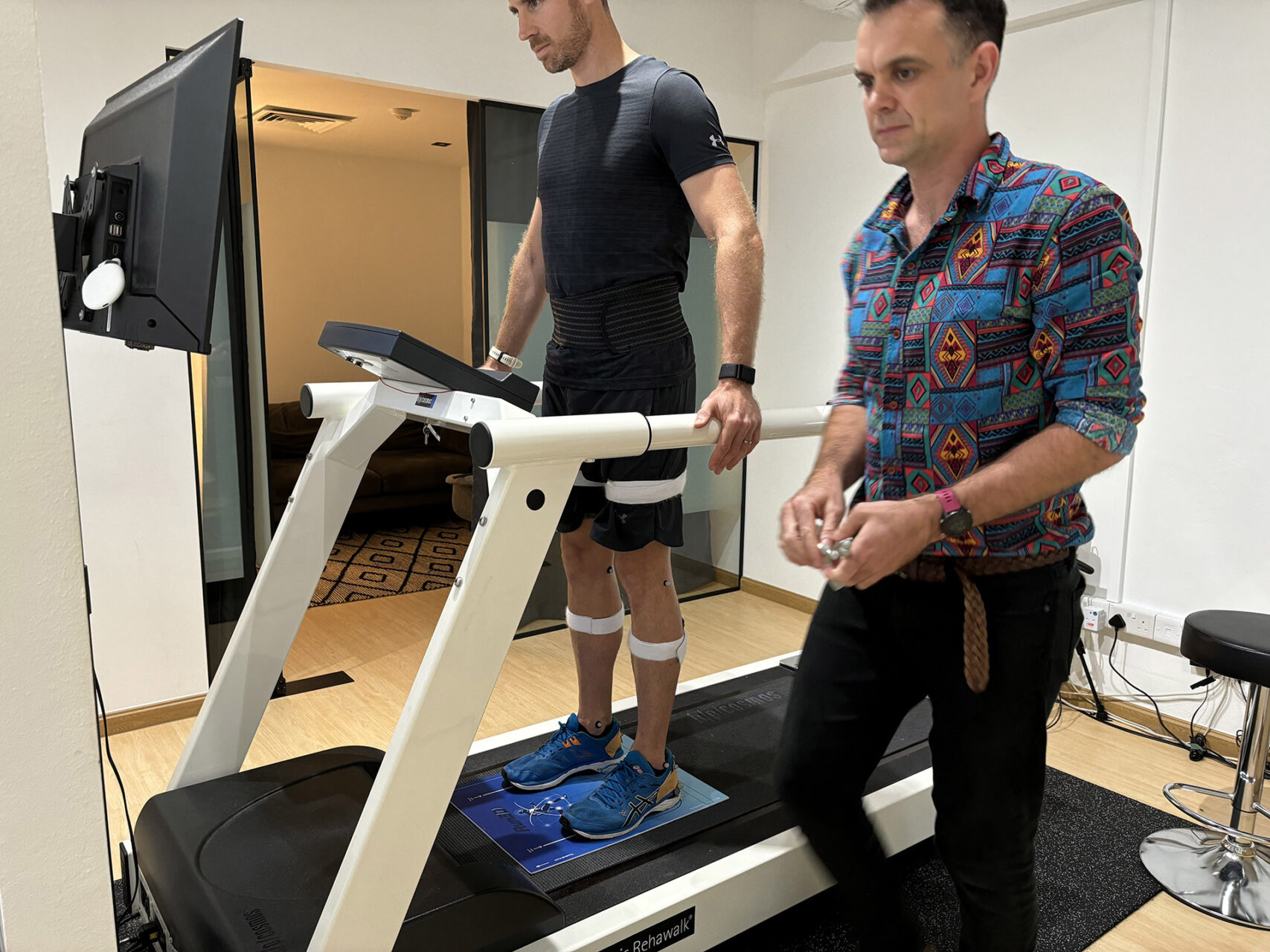
Get Back to Pain-Free Running
Heel pain after running doesn’t have to hold you back. With expert podiatric care to relieve pain, including gait analysis, custom orthotics, Shockwave Therapy and personal rehabilitation, you can recover and prevent recurrence. At The Foot Practice, we offer full assessments and tailored interventions to get you back on your feet – comfortably and confidently.
Book your appointment with The Foot Practice today and put heel pain behind you.

